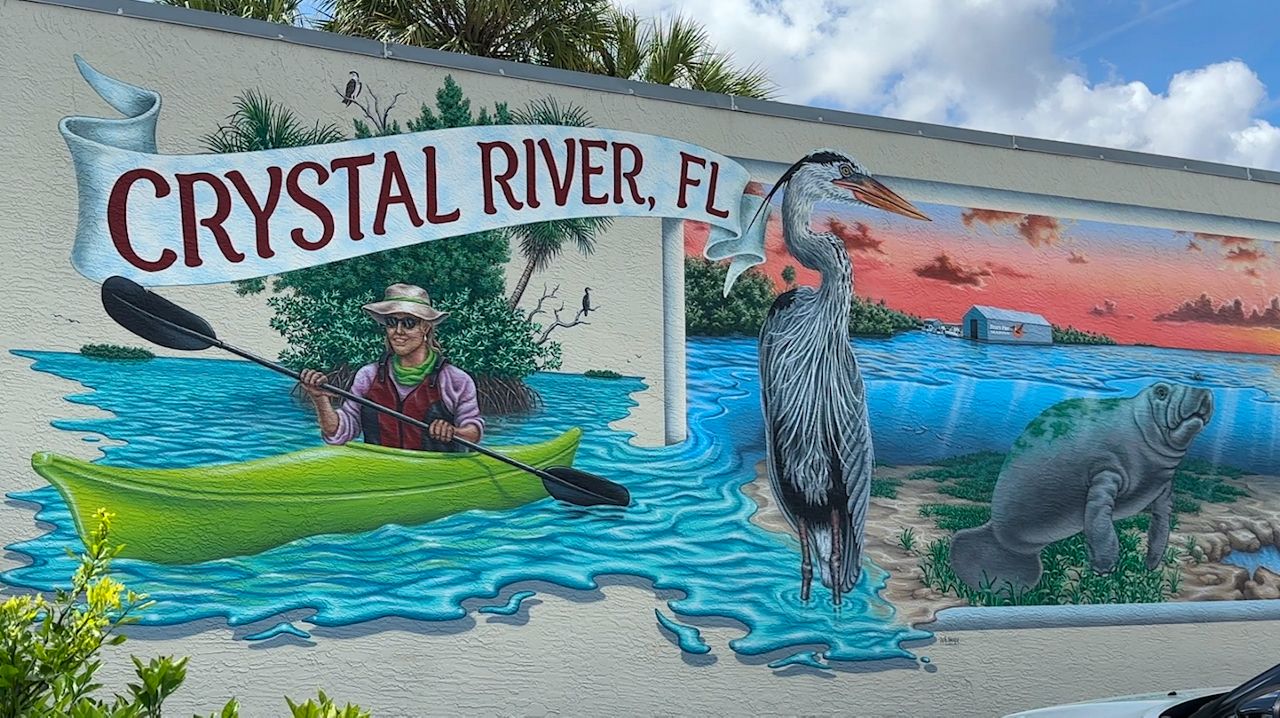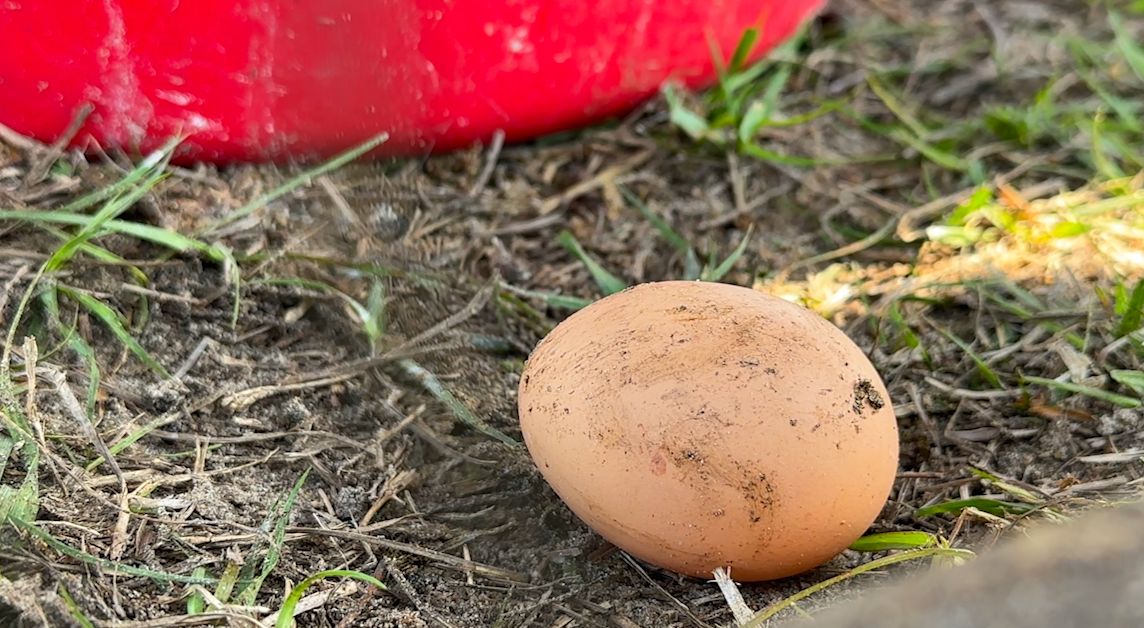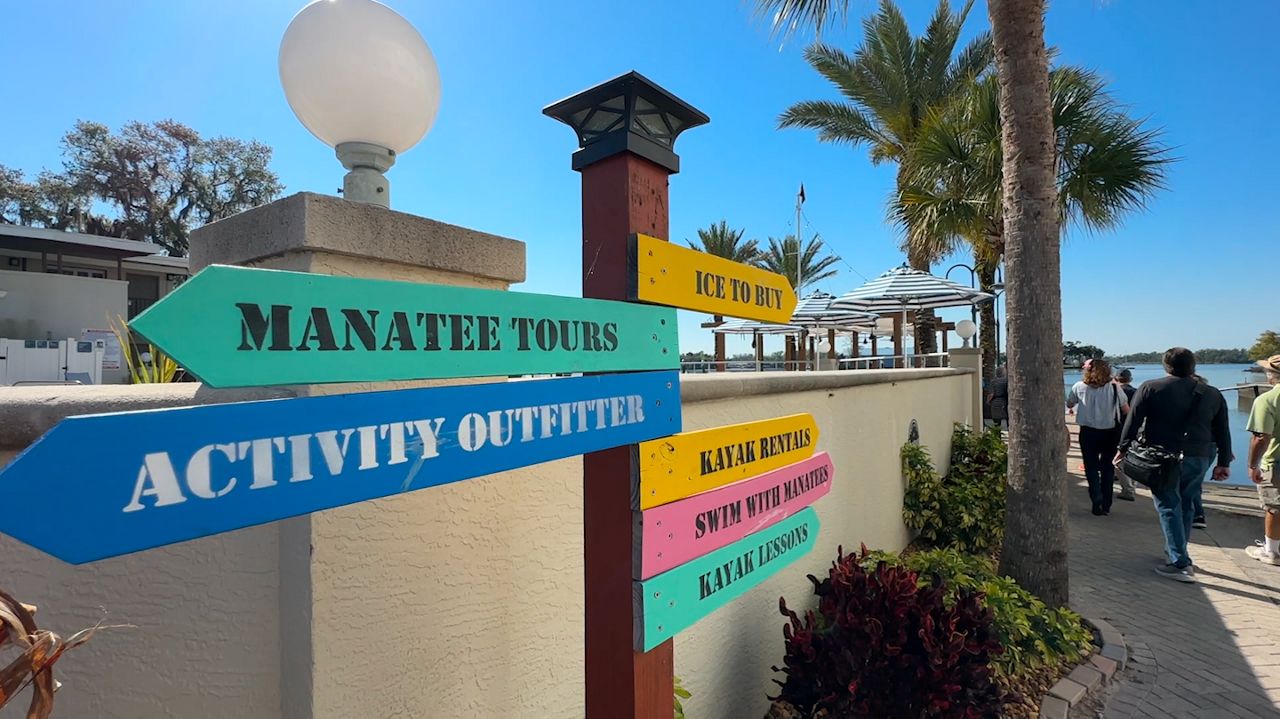HOMOSASSA, Fla. — Efforts to help conserve the Homosassa River are underway in Citrus County. Commissioners formally approved a grant that would help combat pollution of the river.
It’s part of an agreement between the county and the Florida Department of Environmental Protection to provide $3 million in a springs grant.
The county has made it a priority, replacing commercial and residential sewage disposal systems with central sewer connections, reducing pollution to the Homosassa spring-shed. It’s part of an ongoing old Homosassa septic-to-sewer project designed to improve water quality.
It’s a project that is resonating with residents.
“It’s more community based out here,” says Marilyn Griffin, while cruising the streets of Homosassa in her golf cart.
She’s been calling the area home for the last year. Drawn by its beautiful surroundings and serenity of nature.
“Just like we’re doing now, our furry friends come with us and it’s just great,” says Griffin. “You can ride around, enjoy the scenery and enjoy the peacefulness.”
But living on the river, Griffin says, hasn’t been all peaceful recently. A few signs of pollution have made their way in her own backyard.
“The main thing that I see every day is plastic that washes up. A flip-flop will wash up, straws, cans, plastic bags, netting, things like that may fly out of a boat,” she said.
Some of those pollutants are often invisible to the naked eye.
One solution is the creation of berms, like the one seen in her own backyard.
“It keeps all the pesticides or whatever you use in your yard from flowing back into the river,” Griffin said. “We have retention ponds in the front yard, for any runoff goes into the retention ponds, which is the sewer and water lines.”
Not every home has a berm to protect their home, like Griffin. But it could be a difference, she says, in conserving the river in the long run.
“This is our main tourist attraction, and it’s absolutely worth saving,” says Griffin.
Ensuring the protection of the river for future generations.
The capital improvement project includes construction of 3,400 feet of force main sewage along Mason Creek Road. It also includes a new subregional sewer lift station and upgrading an existing onsite lift station.









